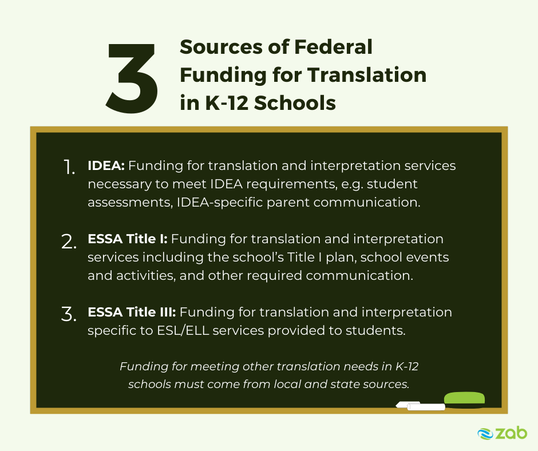That’s what it takes to be an entrepreneur, and you have it in spades. The next thing you need to build on your success?
Funding.
If you’re a small business in Utah with dreams of expanding to global markets, you’re in luck. The U.S. Small Business Association (SBA)’s State Trade Expansion Program (STEP) offers grants to help cover the costs of bring your business to countries around the world.
Below are 5 things to know about the SBA STEP Grant.
- 1. $500,000 is available in Utah.
- 2. The maximum annual award for the SBA STEP Grant is $15,000.
- 3. Small businesses must meet eligibility requirements.
- 4. SBA STEP funds can be used for business expenses related to international expansion.
- 5. Applying for the grant has a few steps.
1. $500,000 is available in Utah.
The SBA is making $500,000 available to Utah small businesses through STEP. These funds will be managed by the World Trade Center Utah (WTC Utah) and the Governor’s Office of Economic Opportunity (GOEO).2. The maximum annual award for the SBA STEP Grant is $15,000.
Eligible small businesses may receive up to $15,000 in funding to cover business expenses related to expanding to an international market.Grant recipients must provide a 25 percent cash match to their total grant award. A company receiving the maximum award will need to match $3,750.
3. Small businesses must meet eligibility requirements.
According to the SBA STEP Grant’s page,, your business must meet the requirements below:- • An “eligible small business concern”
- • A for-profit business registered in Utah
- • Physically located and operational in Utah for at least one year
- • Not barred from federal funds
- • One or more full-time employees
- • Export-ready company seeking to export goods or services of U.S. origin or have at least 51 percent U.S. content
- • Sufficient resources to bear the costs associated with trade
- • Small businesses in accordance with SBA Small Business Standards
The following businesses are not eligible:
- • Nonprofits
- • Educational institutions or for-profit schools recruiting students
- • Law, accounting, and financial firms
- • Consulting agencies
- • Hospitality or tourism operators
- • Real estate developers
- • Multi-level marketing, direct sales, or network marketing companies
- • Foreign-based companies or companies more than 49 percent foreign owned
- • Companies, organizations, or individuals recruiting foreign direct investment
- • Companies engaged in illegal activity (federal or state law)
- • Companies that present performances of a sexual nature or specialize in selling products or services of a sexual nature
- • Companies getting more than one third of their gross annual revenue from legal gambling
4. SBA STEP funds can be used for business expenses related to international expansion.
These expenses include translation and localization services, travel to international trade shows, sales trips, or business meetings, preparing marketing materials for new markets, or using U.S. Department of Commerce services.Permissible travel costs include economy airfare and baggage fees, ground transportation, parking, lodging, currency exchange fees, and meeting spaces.
Other expenses related to travel, like passports, visas, entertainment, etc. are not covered by SBA STEP Grant funding.
5. Applying for the SBA STEP Grant has a few steps.
First, you need to confirm that you’re eligible to apply for the grant. Begin by submitting the questionnaire on WTC Utah’s website.If you’re eligible to apply, you’ll receive login credentials where you can complete the application.
Do you need translation or localization services for your company? Get a quick quote or email [email protected] to ask for service and pricing details.





 RSS Feed
RSS Feed